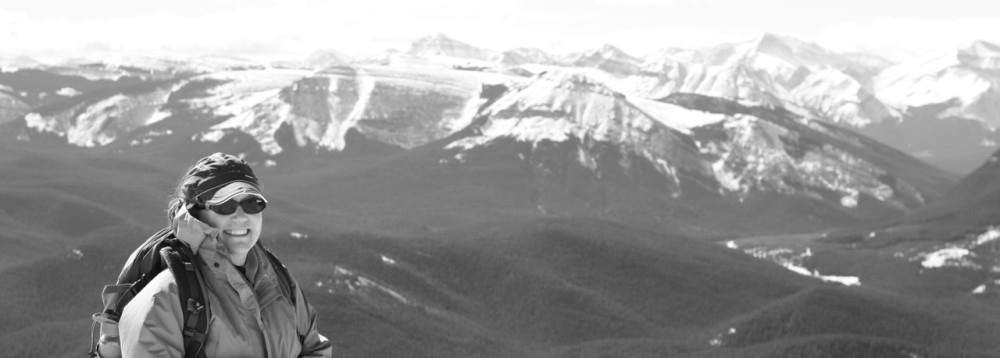The Appalachian Trail (AT) might be 2,180 miles long, but the short, approximately 4-mile, 1,740-foot climb up McAfee Knob from the Catawba Mountain parking lot (off Route 311) is one of the most popular sections. And I’m in Virginia’s Blue Ridge Mountains to check it out firsthand.
With seven hikers and one small hitchhiker (a bubbly, almost three-year-old catching a lift with dad), it’s a boisterous crowd that heads out along the boulder-strewn, leaf-littered trail. Reaching the information kiosk just up the hill from the highway, we check the register and find the trail monikers of a few of the long-distance hikers: Big Heart, Typhoid Mary, and Giardia. In my head, I automatically start searching for names for my co-hikers: Tall Tree, Mama Bear, Little One, Sweet Southern Tea, Greyhound, Flight School, Chatty, and La Dama. I’ll call myself the Lucky Canuck.
We hit the trail – suspiciously heading downhill – following white blazes and clomping over four wooden walkways before inhaling the pungent scent of wood smoke as we near Johns Spring Shelter. Conversation is loud and continuous, discussing hiking and writing and travel and life. It carries our motley crew over a few more walkways and up the trail past Catawba Mountain Shelter. As luck would have it, we meet a “walking info kiosk” along the way.
Fletcher is a RidgeRunner, one of 30 such individuals who spend their weekends hiking a section of the AT. Fletcher’s job is to answer questions, spread the word about “Leave No Trace” ethics, and pick up garbage (he has a fishing pole, motorcycle gloves, a travel coffee mug, and a plastic water bottle in his pack today). He also carries a radio in case of trail emergencies. He tells us to look for Tinker Cliffs once we reach the summit and to see if we can find the town of Daleville – where the trail drops off the ridge.
Leaving Fletcher to continue his journey, we eventually cross the fire road, quickly realizing that the trail is now in a hurry to reach McAfee Knob. Conversations dwindle. We stop “to admire the view” a little more often. And then there’s a sign, nailed to a tree and pointing back down the trail – 3.9 miles to the highway. We’re almost there.
Fortunately, we aren’t expecting solitude at the summit. Cell phones and cameras record summit success as groups jockey for position on the rocky ledge. There is a chorus of “Can you take our photo?” But the view… even with the crowds… my jaw drops. There’s Tinker Cliffs, and that must be Daleville!
On the way down I realize, as I skip ahead of the group, that I’m a bit of a selfish hiker. I enjoy quiet time, digging deep into the recesses of my mind. As I find my stride, I start thinking about Grandma Gatewood. Her real name was Emma Rowena Gatewood. In 1955, at the age of 67, with 11 children and 24 grandchildren, Grandma Gatewood became the first woman to thru-hike the AT. She wore Keds and carried a laundry sack with a change of clothes, a plastic shower curtain to sleep on, a bit of food, a cup, a raincoat, and a first aid kit. She thru-hiked the AT again two years later and a third time – section, by section – when she was 75. What was she thinking as she walked this piece of the trail?
I found her, for a moment, her sneakers crunching the leaves beside my light hikers as we strolled together in silence. I didn’t ask any questions, I just thanked her for being my muse. I’ll be back again, this time to hike the whole thing. Maybe I’ll see you there.
When You Go:
- Print a topographic map and trail description of the trail to McAfee Knob.
- Roanoke is the perfect base for exploring Virginia’s Blue Ridge Mountains and this section of the Appalachian Trail.































